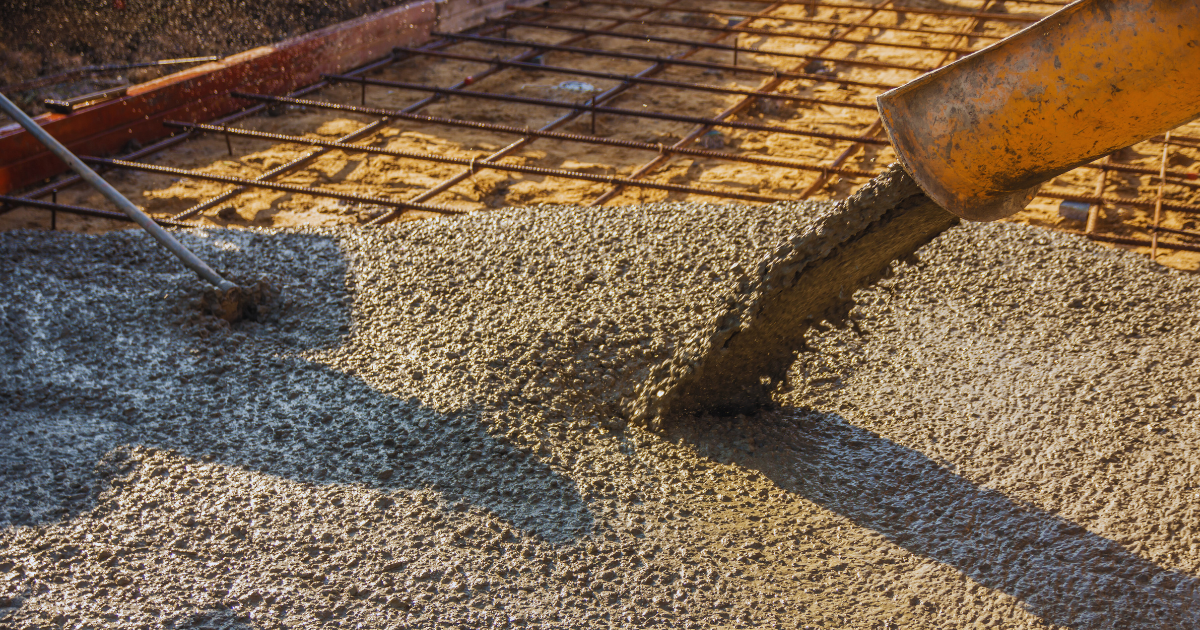Building a basement can significantly increase the functional space of a home or building, providing additional room for storage, living, or other uses. However, creating a basement requires careful planning, expert execution, and adherence to safety standards. The most crucial part of this process is excavation. Learning how to dig basement correctly is essential to ensure a stable foundation and a successful construction project.
In this guide, we’ll walk you through the step-by-step process of how to dig basement, covering the necessary equipment, safety precautions, and best practices.
Step 1: Planning the Basement Excavation
The first and most important step in learning how to dig basement is planning. Basement excavation is not a simple task and requires a clear and comprehensive plan. This includes understanding the soil type, local building codes, and determining the size and depth of the basement. Consulting with an engineer or a professional contractor at this stage is highly recommended to ensure the design and construction are appropriate for your project.
- Soil Analysis: One of the critical components of planning is to determine the type of soil you’re dealing with. The soil type can significantly impact the difficulty of excavation. Clay, for instance, can be sticky and difficult to work with, while sandy soil may be easier to dig but could require additional support structures during excavation.
- Building Codes and Permits: Every region has building codes that dictate how to dig basement safely and legally. Before starting, ensure that you have the necessary permits and approvals from your local government. This step may also require submitting your basement plans for review.
- Site Preparation: Clear the site of any debris, trees, or structures that could obstruct the excavation. Depending on the project, you may also need to divert utilities like electricity, gas, or water to avoid disruptions during excavation.
Step 2: Excavation Layout
Once the planning phase is complete, the next step is laying out the excavation area. This involves marking the area to be dug according to the blueprint or design of your project.
- Marking Boundaries: Use stakes, string, or chalk to clearly mark the area that will be excavated. Be sure to include room for any necessary supporting structures, such as retaining walls, as well as allowances for drainage systems.
- Checking Measurements: Double-check all measurements before beginning excavation to ensure accuracy. Even minor deviations can cause issues later in the construction process.
- Depth Measurement: Determining the correct depth is critical. The depth will vary based on the project, but typically, basements are dug to a depth of at least 8 feet. Ensure that this is accurately marked to avoid complications later in the process.
Step 3: Choosing the Right Equipment
When learning how to dig basement, choosing the right equipment is crucial for ensuring efficiency and safety. The type of equipment you will need depends on the size of the project and the type of soil you are working with.
- Excavators: For large-scale projects, an excavator is the most efficient tool for digging the basement. Excavators can quickly remove large quantities of soil, making them ideal for deep digs. If you’re working on a smaller project, mini excavators or backhoes may suffice.
- Shovels and Manual Tools: In areas where machinery can’t reach, manual tools like shovels and picks will be necessary. These are also useful for smaller projects or when working around tight spaces.
- Dump Trucks: You will need dump trucks to remove the excavated soil from the site. Ensure you have enough trucks available to keep the excavation process moving smoothly.
- Support Structures: Depending on the soil and depth, you may need temporary support structures like bracing or shoring to prevent cave-ins during the excavation process.
Step 4: Starting the Excavation
Once everything is in place, it’s time to begin the excavation process. This is the part where you actually start to dig the basement, so it’s crucial to proceed with caution and follow the steps carefully.
- Excavating the Perimeter: Start by excavating around the perimeter of the basement. Digging the edges first helps create a guide for the rest of the excavation process. Be sure to maintain the proper slope to avoid soil from collapsing back into the trench.
- Removing Soil in Layers: When learning how to dig basement, remember that digging in layers is a safer and more effective approach. Remove the soil in manageable layers, about 1 to 2 feet deep at a time, to avoid destabilizing the ground.
- Monitoring Depth: Continuously check the depth of your excavation to ensure that you are not digging too deep or too shallow. Use a laser level or other measuring tools to verify that the basement is being excavated according to the design specifications.
- Installing Temporary Supports: If you’re digging a deep basement, especially in loose or unstable soil, install temporary support systems as you dig. Shoring, retaining walls, or braces can help prevent cave-ins and keep the excavation site safe for workers.
Step 5: Waterproofing and Drainage
Waterproofing and drainage are essential components of any basement construction project. After you’ve learned how to dig basement, the next critical step is to ensure that your basement will stay dry and structurally sound.
- Installing a Drainage System: Before completing the excavation, it’s important to install a drainage system to keep water away from the basement walls. This typically involves placing drain pipes at the base of the excavation to carry water away from the foundation.
- Waterproofing the Walls: Once the excavation is complete, waterproof the exterior of the basement walls to prevent water seepage. This often involves applying a waterproof membrane or sealant to the walls, which creates a barrier between the concrete and the surrounding soil.
- Backfilling and Grading: After waterproofing and drainage systems are in place, backfill the area around the basement with gravel or soil. Be sure to grade the ground away from the basement to direct rainwater and groundwater away from the structure.
Step 6: Completing the Excavation
The final stage of learning how to dig basement is completing the excavation and preparing for the construction of the foundation and walls. This involves cleaning up the site and making sure everything is ready for the next phase of construction.
- Leveling the Ground: Ensure that the bottom of the excavation is level and compacted to provide a stable base for the foundation. Uneven ground can lead to settling issues and cracks in the foundation.
- Inspecting the Site: Before moving on to foundation construction, have a professional inspector or engineer review the excavation site. This ensures that the excavation is safe and that the site is ready for the next steps in the building process.
Safety Tips for Digging a Basement
It also requires understanding the safety measures that must be in place to protect workers and the structure. Here are a few key safety tips to keep in mind:
- Check for Utility Lines: Before digging, always check for underground utility lines such as gas, water, or electrical lines. Contact local utility companies to have these lines marked on your property.
- Wear Protective Gear: Ensure that all workers wear appropriate protective gear, including helmets, gloves, and steel-toed boots.
- Prevent Cave-Ins: Always install temporary support structures to prevent cave-ins, especially when working in deep or unstable soil.
- Monitor Weather Conditions: Avoid excavation during heavy rainfall or other adverse weather conditions that can destabilize the ground and increase the risk of accidents.
Conclusion
Digging a basement is a complex process that requires careful planning, the right equipment, and adherence to safety standards. By following the step-by-step guide outlined above, you’ll have a better understanding of how to dig basement efficiently and safely. Whether you’re a contractor or a homeowner, taking the time to plan and execute your excavation correctly will set the stage for a successful basement construction project.







